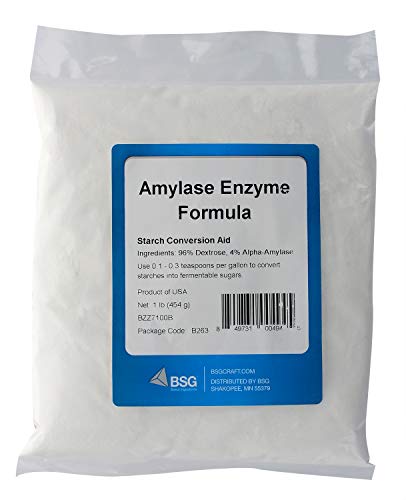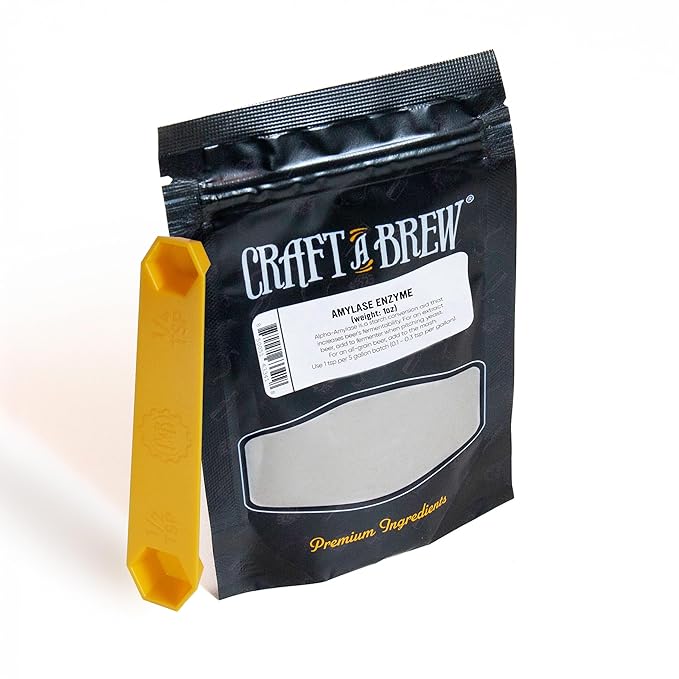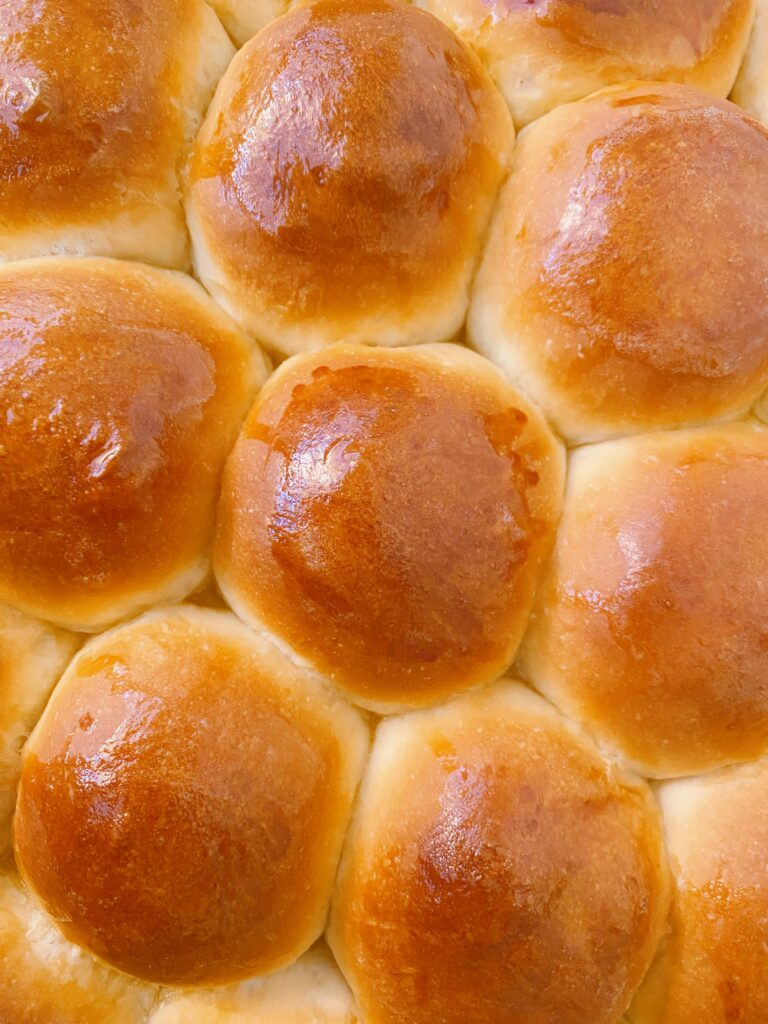Bread baking is both an art and a science, and enzymes play a crucial role in the science part. Among these, amylase stands out as the enzyme that can significantly improve dough texture, bread volume, crumb softness, and even extend shelf life. But what exactly is amylase, and how can it be used effectively in bread recipes? Let’s dive into the details.
What is Amylase?
Amylase is a natural enzyme that breaks down starch, a complex carbohydrate in flour, into simpler sugars like maltose and glucose. These simple sugars are then easily consumed by yeast during fermentation, fueling the yeast’s activity to produce carbon dioxide which helps the dough rise.
In wheat flour, amylase occurs naturally, but often in varying amounts. To enhance bread quality consistently, bakers add extra amylase in the form of fungal amylase or diastatic malt powder, boosting the enzyme’s effects.
Alpha Amylase vs. Beta Amylase: What’s the Difference in Bread Baking?
When using amylase in bread baking, it’s important to understand the difference between alpha-amylase and beta-amylase.
- Alpha-amylase acts randomly along starch molecules, breaking them into smaller dextrins and sugars during dough mixing and early fermentation. This creates more fermentable sugars for yeast, resulting in increased loaf volume, softer crumb, and extended bread freshness. Alpha-amylase is particularly valued in bread baking because it works efficiently in the dough at typical proofing and baking temperatures, and fungal alpha-amylase deactivates early in the bake, preventing over-soft, gummy crumbs.
- Beta-amylase works by sequentially removing maltose units from the ends of starch chains. It is abundant in grains and flour, primarily converting starch into maltose, which yeast then ferments. However, beta-amylase cannot break starch branches, so it works most effectively on unbranched starch chains and the dextrins produced by alpha-amylase. In typical wheat bread baking, beta-amylase supports sugar availability for yeast but plays a secondary role to alpha-amylase.
In essence, alpha-amylase is the primary enzyme added or supplemented in baking for improved fermentation and bread quality, while beta-amylase mainly processes the starch fragments produced by alpha-amylase. Both work together, but alpha-amylase has the greatest impact on dough properties and final bread texture.
How Does Amylase Improve Bread?
Better Fermentation and Increased Volume
By breaking down starches into fermentable sugars, amylase provides yeast with more “food.” This accelerates fermentation, allowing the dough to rise better and develop more volume. Bread doughs with added amylase typically show a longer and stronger oven spring during baking.
Superior Crumb Texture and Softness
The sugars generated also help retain moisture within the bread, creating a softer, more tender crumb. Amylase supports starch gelatinization and delays starch retrogradation (staling), keeping the bread fresher for longer.
Enhanced Crust Color and Flavor
These sugars participate in the Maillard reaction — a chemical reaction between sugars and proteins during baking — that creates the appealing brown crust and rich flavor notes.
Dough Handling
While amylase enhances bread quality, it can also make dough stickier because it breaks down starch polymers into low molecular weight dextrins. This requires bakers to adjust handling practices accordingly and avoid adding too much amylase.
Tips for Using Amylase Successfully
- To add amylase to any recipe, simply add 1% of the flour weight. For example, for a recipe calling for 400g of flour, add 4g of amylase.
- Use kitchen scales for precise measurement; too much amylase can weaken gluten structure, causing overly sticky dough and gummy bread.
- Combine amylase with other bread improvers like ascorbic acid or protease for balanced dough strength and softness.
- Fungal alpha-amylase is preferred due to its controllable activity and early deactivation during baking.
- Diastatic malt powder is an easy-to-use natural source of amylase and is widely available for home bakers. Be aware that it may affect the taste and is typically preferred in baked goods like bagels.
Where can I get Amylase?

I prefer to buy this Amylase Enzyme from Amazon.
Click here for the link.
Ensure you are buying Alpha-Amylase if you end up looking elsewhere.

Another clean option is Craft A Brew Amylase.
Click here for the link.
Brewers use Amylase but it is the same thing that can be used in baking. Just ensure it is Alpha-Amylase.
Conclusion
Incorporating amylase into bread recipes is an effective way to naturally enhance dough fermentation, increase loaf volume, improve crumb softness, and extend freshness. Whether added as a liquid enzyme, fungal alpha-amylase powder, or diastatic malt powder, amylase is the enzymatic secret behind softer, tastier, longer-lasting bread.
Once I found the key to softer, longer lasting breads it was a game changer! A miniscule amount of amylase can have huge affects on your baked goods. I highly encourage giving it a try!


The explanation of how amylase breaks down starch to sugars really clarifies its crucial role in bread texture and flavor. Makes me appreciate the science behind baking more!
It’s interesting how amylase impacts shelf life – I was just researching similar factors on https://seed3d.ai and it’s clear enzyme activity is key.